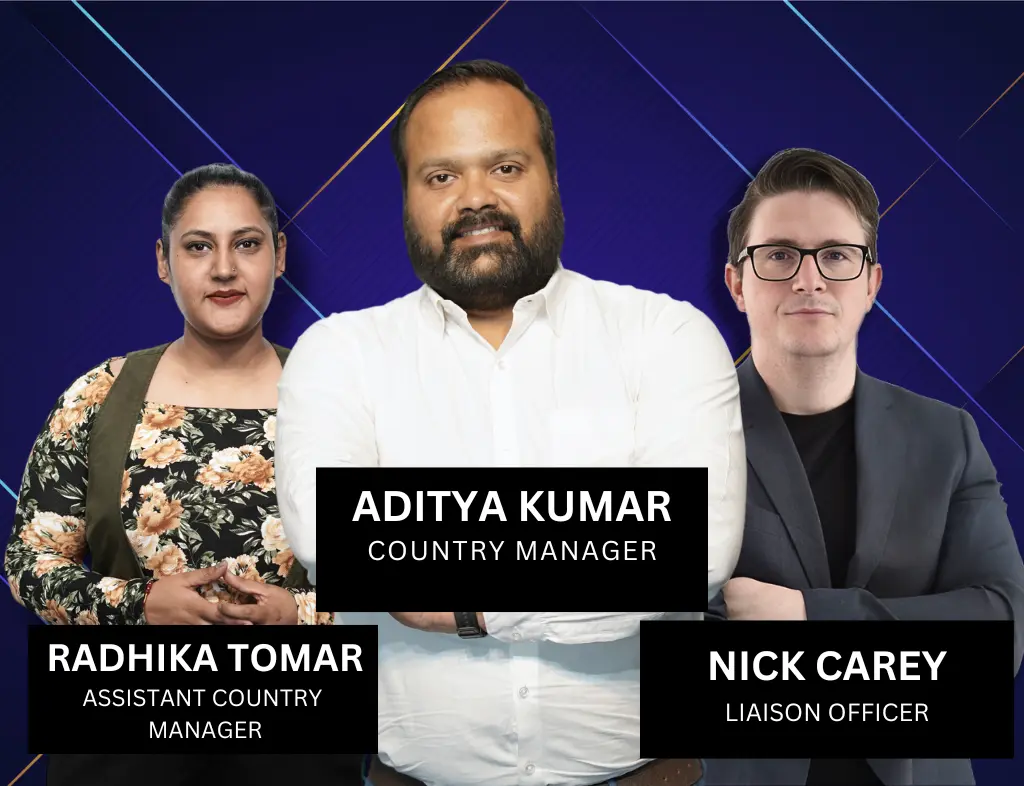
Announcements

Announcements

Meridean Overseas
Updated On 12 October 2022 & Read Time 6 minutes
3.7k
The United State of America is a great place to study, the majority of the world’s top-ranked universities are in the USA. Studying in USA is a great option but one needs to have proper knowledge of their education system and a USA student visa before starting their education journey.
Studying in a foreign nation requires a non-immigration student visa, and the USA is one of those countries that has the toughest and most complicated visa process. There are various types of non-immigration student visas that are issued to students to study in USA. to know for which type of visa they have to apply students are required to pay the SEVIS fee and get an I-20 form.
Non-immigrant student visa USA allows a temporary stay for the student in the USA. These visas can be issued for different reasons such as tourism, business, and studies. Ultimately, one has to leave the country as soon as their visa expires.
Table of Contents
This type of student visa is for students who intend to pursue an academic degree or certified course at any accredited university in USA. This type of visa is only issued in US embassies or consulates outside the United States. But if the applicant wants to extend the validity of their visa, they can do it by being in the USA.
There are three types of F visas:
F-1 visa for full time students. These students are mandated to study in an accredited USA university or college.
F-2 visas for dependents of F-1 visa holders(spouse or unmarried children who are below 21)
F-3 visas are available for 'border commuters,' or Mexican and Canadian students who live in their home country while attending a part-time or full-time school in the United States. This visa is only for citizens of Mexico or Canada.
Students who have F-category visas are allowed to work in USA for 20 hours/week on campus. Students who want to work off-campus and want to exceed their working limit need to seek permission from US Citizenship and Immigration Services (USCIS).
F category visa is only granted to students who are studying in US institutes which are participants in the Student and Exchange Visitor programme (SEVP).
Embark and excel in your study abroad journey with our expert team!

This type of visa is for students who want to pursue non-academic or vocational study or training programmes from US institutions. To obtain an M visa for travel to the US, a student must present a signed Form I-20 to a US embassy or consulate in the student's home country. After a student has met the admissions requirements and presented proof of financial resources, an I-20 is issued by a designated school official, typically the international student adviser.
There are three types of M visas:
M-1 visa is for students who want to pursue vocational and non-academic studies.
M-2 visa for dependents of M-2 visa holders.
M-3 visa for border commuters as in F-3 visa, specifically for Canadian and Mexican students. But they should be enrolled in the vocational or non-academic programme
M visa students are admitted to the United States for a set period of time, which is equal to the length of their training programme plus any Optional Practical Training. They are not permitted to stay in the United States for more than one year, except for medical reasons. M-1 visa holders are not permitted to work on- or off-campus and cannot change their status to F-1.
Students who visit the USA for a cultural event or exchange programme are issued this type of visa. Apart from exchange events, some training events are also held in USA for a short duration, students participating in these training programmes are required to have a J visa. The training or visit should be sponsored by the government or private organization and students should meet all the eligibility criteria to get a J visa USA.
There are two types of J visas for all categories:
J-1 Visa for students visiting the USA for any cultural or exchange programme or any training programme.
J-2 visa for dependents of J-1 Visa holders.
J-1 visa holders are subject to the two-year home-country physical presence (foreign residence) requirement if they are participating in a government-funded exchange programme, pursuing graduate medical education or training, or if their training is listed on the Exchange Visitor Skills list (i.e. the J-1 visa holder's home-country has deemed their field of specialised knowledge or skills as necessary to the country's development). This means that J-1 visa holders must return to their home country for at least two years after their exchange visitor programme ends.
The USA visa application process is one of the most complicated visa application processes. The country has a high visa rejection rate and students need to make an application on time with all the documents to get it approved at once. Individuals who want to study in USA mostly consult overseas education consultants for making applications in USA universities and further for visas. Here is the step-by-step process for USA visa application
Submit the DS-160 Form
To apply for any type of nonimmigrant visa in the United States, applicants must first complete the DS-160 form. The DS-160, also known as the Online Non-immigrant Visa Application form, is used to apply for all types of non-immigrant visas.
This form is available on the Consular Electronic Application Center website and must be submitted to the Department of State online. The DS-160 form must be filled out entirely in English.
Gathering All Documents
After filling out the DS-160 form, students need to gather all documents for US visa application:
Valid passport
Passport size photographs
Payment receipt of $160 for a non-immigrant US visa application
Social Media details
Invitation letter
Travel itinerary
Sponsorship documents
Family documents
Bank details
Some additional documents may also be required based on your application.
Interview
After submitting the form, you will be directed to a DS-160 barcode page, which you must print and keep in order to present to the US Embassy. After that, you must schedule a visa interview appointment. This has to be done at the US Embassy in your country. The information you provided on the DS-160 form, along with your interview, will help the consular office decide whether or not to grant you the visa.
Fees
Lastly, students need to pay the visa application fee, according to the type of visa they have applied for.
After all these steps students need to wait for the visa processing and wait for the US embassy's decision regarding the visa processing decision.
Studying in USA is indeed a great opportunity, but visa processing takes a lot of time and it also has a high rejection rate. To avoid all the chaos and mitigate the risk of visa rejection one can take the help of an expert USA educational counsellor. Contact Meridean Overseas Education Consultants at 1800-1230-00011 or mail us at application02@meridean.org.

Contact MOEC Experts for Study Abroad Guidance!
By using our site, you agree to our use of cookies.

Hurry up before admissions close.

